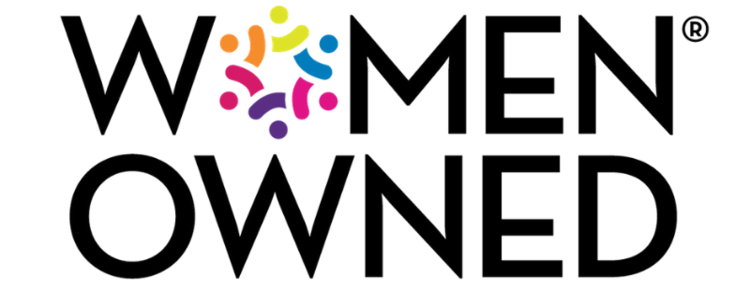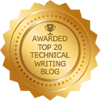In our classes, we always discuss reader-centered writing; that is,
writing that fully considers readers and what they want and need and how
they're going to use the document. Another element of this is "noise."
"Noise" can be categorized as the distractions readers face when reading.
Some of these, of course, are caused by the writer and some are the result
of noisy offices, working in a cube with the constant distractions of that,
phones ringing, colleagues talking—you get the picture. While, as writers,
we can't necessarily control our readers' physical environment, we can
create a document that helps minimize those distractions to help the
reader focus. In assessing noise, we can ask ourselves
-
how much time does my reader have to devote to the document?
-
will they be reading when distracted?
-
are they the decision-maker?
We can overcome some of these noises by ensuring, when appropriate, that the document includes
• Shorter paragraphs
• Increased use of headings/subheadings
• More white space
As writers, one of our goals should always be to help the reader get through the document quickly and easily and one way to do this is by removing reading noise. Helping the reader get through the document by using these simple and concise writing tips benefits both the reader and the writer—the reader is better able to read and understand the document, and the writer, among other things, is more likely to get the message across. A win-win solution for everyone!



